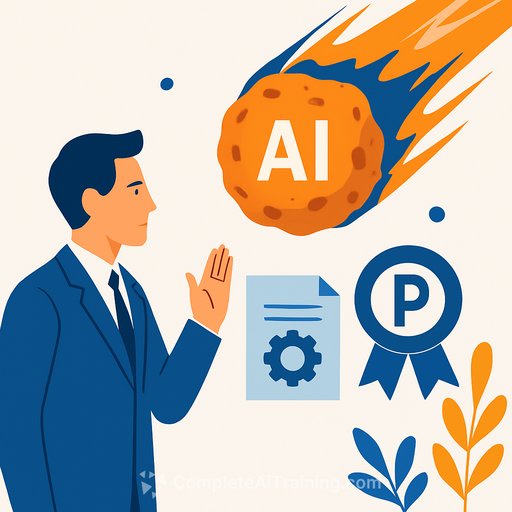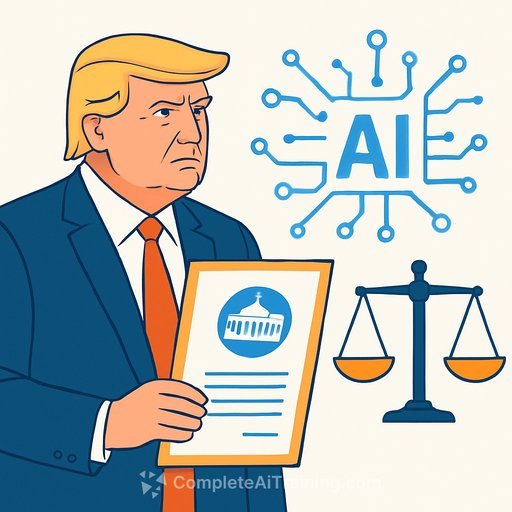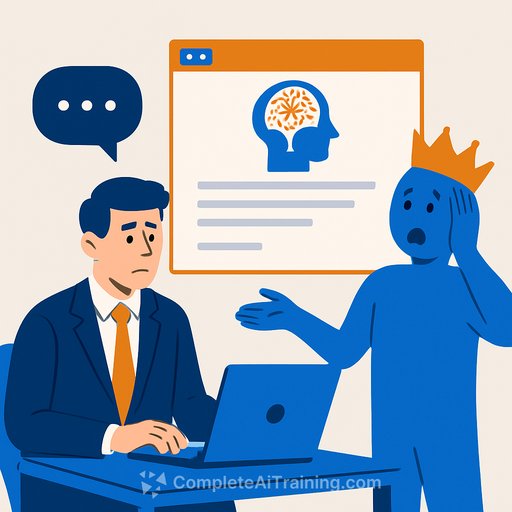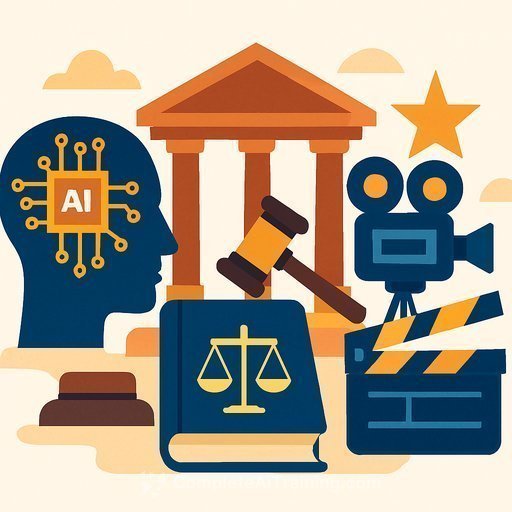AI Won't Extinguish Patent Prosecution-But It Will Rewrite the Rules
"We don't yet know the full scope of AI's impact, but-unlike the ill-fated dinosaurs of the Cretaceous Period-we still have time to adapt."
"Extinction was simply proof of failure to adapt." ~ Michael Crichton, The Lost World
AI patent drafting tools are here. They're good enough to change client expectations, alter firm economics, and shift who does what work. The question isn't whether they'll affect prosecution-it's how you'll respond.
AI's One-Two Punch on Client Value and Firm Profitability
Clients have tightened budgets for years, built in-house capability, and adopted software that lets them do more themselves. Many now have the confidence to "make" rather than "buy" large portions of patent work.
As AI improves, clients will expect lower external pricing on tasks where AI provides efficiency. That squeezes margins and erodes the value story behind traditional rates and fee structures.
Here's the blunt math: if revenue per matter drops faster than your cost structure can flex, profits fall. For firms relying on prosecution, that can trigger shrinkage, restructuring, or exit. For individuals, compensation expectations may need a reset unless new models come online.
Modification and Reinvention Strategies
a. Cohort Selection
Pick collaborators who are serious about AI-inside and outside your organization. That includes partners, associates, legal ops, vendors, and clients.
Hire and promote people who lean into AI. Disengage from those who won't adapt. Consider lateral moves, combinations, acquisitions, or launching an ALSP with an AI-forward operating model from day one.
b. Organizational Structures
Virtual law firms and ALSPs lower overhead, expand your talent pool, and let you scale up or down fast. For prosecution, virtualization can be the difference between thin margins and a healthy practice.
If you exit prosecution, build ethical alliances with strong boutiques or ALSPs. Equity stakes or structured partnerships can keep client needs covered while your firm focuses on higher-margin work.
c. Client Service Models
Fixed fees and volume programs can still work-but only if you redesign delivery for AI. Expect clients to draft in-house with AI and bring you in as the expert "firm in the loop."
Offer strategic drafting reviews, claims crafting, examiner strategy, and portfolio counseling. Build lean teams that profitably handle high-volume work, using non-attorney staff and qualified contractors to flex with demand.
d. Bundling of Analytics Services
AI lowers the barrier to serious IP analytics. Don't outsource all of it. Build in-house skill that ties analytics to business decisions clients care about.
Bundle prosecution with analytics that inform filing strategy, claim scope, white space, competitor tracking, and risk. Clients are less price-sensitive when advice moves their business forward. For reference on data resources, see WIPO patent data and analytics.
e. Talent Development
Train everyone-partners, associates, agents, and staff. Junior people can't be your only learners. Senior practitioners must lead by example in using AI tools well.
Focus on prompting for claims and specs, review workflows, risk controls, and firm playbooks. New practitioners need intensive, practice-specific AI training since many entry-level tasks are now automated.
For Self-Preservation, Do These Things Now
- Adopt AI tools and keep a pulse on updates. Pilot focused use cases. Track releases, demos, and vendor roadmaps. Keep your stack current so your learning compounds.
- Invest in training. Take deep courses on prompting for patent drafting and review. If you want curated programs, see Complete AI Training by job.
- Build and execute a strategic plan. Define quick wins (90 days), mid-horizon shifts (12 months), and bold bets (2-3 years). Revisit quarterly. Bring in advisors with real IP ops experience if needed.
- Get closer to your clients. Map relationships, needs, and AI readiness. Co-create workflows and playbooks. If clients insource with AI, aim to be their expert reviewer and strategist.
- Audit your collaborators. Filter for people and vendors who move fast, think commercially, and share knowledge. Replace anchors with catalysts.
Risk, Control, and Policy: Don't Skip the Basics
Establish firmwide guardrails for confidentiality, model selection, data retention, and human review. Standardize prompts and outputs with checklists. Track outcomes to improve quality and reduce rework.
Stay aligned with regulatory and policy shifts. For example, review the USPTO's guidance on AI-assisted inventorship: USPTO AI Inventorship.
Fortune Favors the Bold
Is AI an asteroid for patent prosecution? Maybe for those who freeze. For those who adapt, it's a leverage play: lower cost to produce, tighter quality controls, and new advisory revenue.
The window is open. Choose better collaborators. Restructure for efficiency. Redesign services for AI. Train people like your future depends on it-because it does.
We don't know the full scope yet. But we do have time to adapt. Use it.
Your membership also unlocks:






